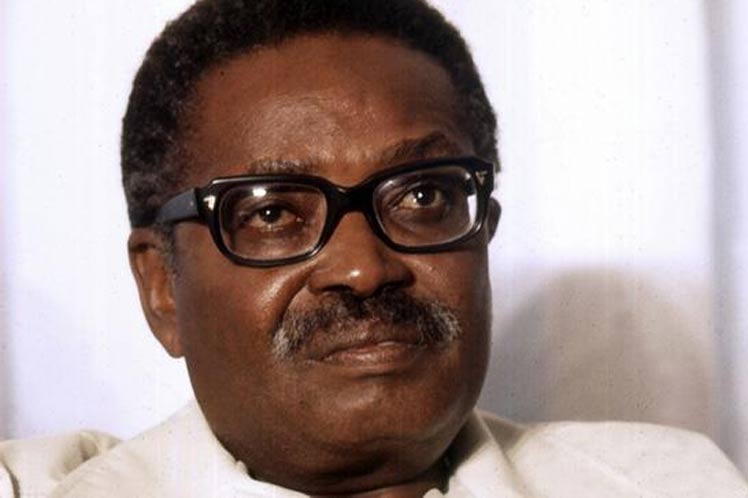
A month later, the Uniao das Populacoes de Angola (UPA), which had been formed in 1958 by Holden Roberto launched a serious revolt in Northern Angola. The UPA’s leader, Holden Roberto was heavily influenced by Patrice Lumumba and had strategic bases in the Congo to aid their effort. In 1962, UPA merged with another political movement to form the Frente Nacional de Libertacao de Angola (FNLA). During the revolt, more than 6000 Africans and 2000 European colonialists were killed. The colonialists were forced to bring 50,000 troops from Portugal.
The Portuguese troops were successful in quelling the uprising in which about 50,000 Africans were killed. Portugal faced immense criticism at the United Nations (UN) from almost all countries, except South Africa and Spain. In response, Portugal passed legislation to change the status of Africans to Portuguese citizens and to give local legislative councils slightly more power.
During this time, FNLA which was forced to operate in the Congo, set up a shadow government with Roberto as Prime Minister and Jonas Savimbi as Foreign Secretary. Their party received covert assistance from the United States. However, by 1964, Savimbi had broken off to form his own party Uniao Nacional para a Independencia Total de Angola (UNITA) which received support from China and South Africa. Meanwhile, Agostino Neto the new President of the MPLA established his shadow government in Brazzaville, Congo Republic where he received help from the Soviet Union.

Portugal was under pressure from its three colonies: Guinea (Bissau), Mozambique and Angola. So they decided to form a provisional government to pave the way for independence but by June 1975, the provisional government had collapsed as the three movements: FNLA, MPLA and UNITA consolidated power in the different parts of the country. Unity was hampered by the external support received by these groups. The United States and China supported FNLA and UNITA and MPLA was backed by the Soviet Union. The Soviets and Cuba sent provided heavy tanks and artillery and 15,000 soldiers which gave Neto and the MPLA the victory they needed.
Many Portuguese fled from Angola after independence. The ruling MPLA provided assistance to SWAPO freedom fighters who were also trying to secure the independence of present day Namibia. The victory of the MPLA was also short-lived because UNITA under Savimbi continued to sabotage the new government, therefore, many Cuban troops remained in Angola after independence. The Cuban soldiers also provided much need security for the new government as South Africa, aided by the United States maintained troops in South West Africa (Namibia) and refused to grant Namibia independence. The United States’ support of UNITA was driven by the need to protect the American Gulf Oil Company that was exploiting oil in Cabinda. Gulf Oil Corporation (GOC) ceased to exist as an independent company in 1985, when it merged with Standard Oil of California (SOCAL), with both now under the Chevron brand.
Angola officially marks November 11, 1975 as its independence day.




